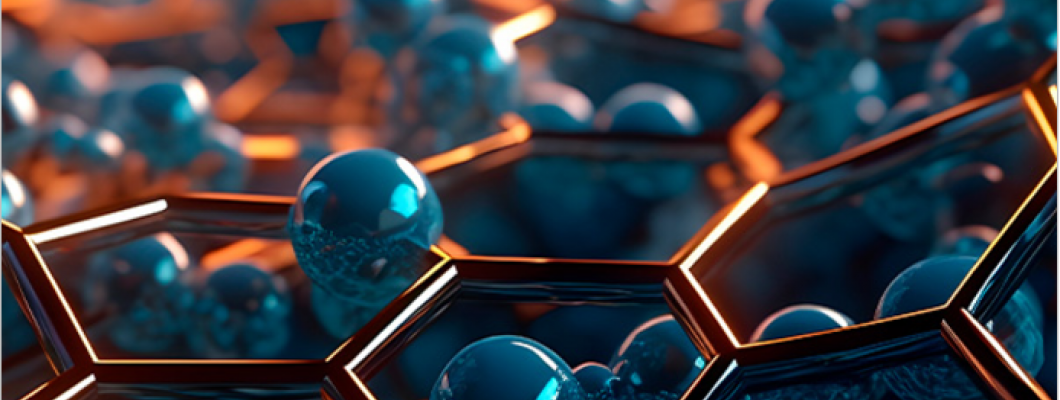
Graphene oxide (GO) has emerged as a significant material in nanotechnology and materials science, owing to its exceptional properties and diverse applications. As an oxidized derivative of graphene, GO features unique characteristics, including its hydrophilic nature and abundant functional groups, which make it highly adaptable for various scientific and industrial uses.
This blog will explore the types, applications, and advantages of graphene oxide, shedding light on why it is a pivotal material in advanced technologies.
What Is Graphene Oxide?
Graphene oxide is a single-layer material derived from graphite through chemical oxidation and exfoliation. Unlike pristine graphene, GO contains oxygen-functional groups, such as hydroxyl, epoxide, and carboxyl groups, which impart distinct chemical and physical properties. These functional groups enhance GO’s dispersibility in water and other solvents, making it an ideal candidate for solution-based processing.
Types of Graphene Oxide
Graphene oxide can be classified based on its structure, layer number, and preparation method:
Single-Layer Graphene Oxide:
Composed of a single layer of oxidized graphene.
Exhibits the highest surface area and is used in high-performance applications.
Few-Layer Graphene Oxide:
Consists of 2-10 layers of graphene oxide.
Balances cost and performance for scalable industrial applications.
Reduced Graphene Oxide (rGO):
Partially reduces oxygen-functional groups, restoring properties closer to pristine graphene.
Offers enhanced electrical conductivity and mechanical strength.
Applications of Graphene Oxide
Graphene oxide is used across a multitude of fields due to its adaptability and multifunctionality:
1. Electronics and Energy
Flexible Electronics: GO-based films are used in transparent conductors and flexible circuits.
Energy Storage: Serves as a material for supercapacitors and batteries, improving energy density and cycling stability.
Solar Cells: Enhances charge transport and efficiency in photovoltaic devices.
2. Environmental Applications
Water Purification: Removes heavy metals, organic pollutants, and pathogens from water due to its large surface area and functional groups.
Air Filtration: Used in capturing volatile organic compounds (VOCs) and harmful gases.
3. Medical Technology
Drug Delivery: Functionalized GO acts as a carrier for targeted drug delivery.
Biosensors: Provides sensitivity for detecting biomolecules and pathogens.
Tissue Engineering: GO-reinforced scaffolds improve cell adhesion and growth.
4. Material Science
Nanocomposites: Enhances the mechanical, thermal, and barrier properties of polymers and ceramics.
Coatings: Used in anticorrosion and antimicrobial coatings.
Advantages of Graphene Oxide
Graphene oxide’s unique properties provide several key benefits:
High Surface Area:
Maximizes interaction with other materials for enhanced performance.
Water Dispersibility:
Easily integrates into aqueous systems, enabling scalable production.
Versatile Functionalization:
Functional groups allow chemical modification for specific applications.
Cost-Effective:
More affordable and easier to process compared to pristine graphene.
Multifunctionality:
Combines electrical, mechanical, and chemical properties for diverse applications.
Eco-Friendly Solutions:
Contributes to green technologies in energy, water purification, and sustainable materials.





